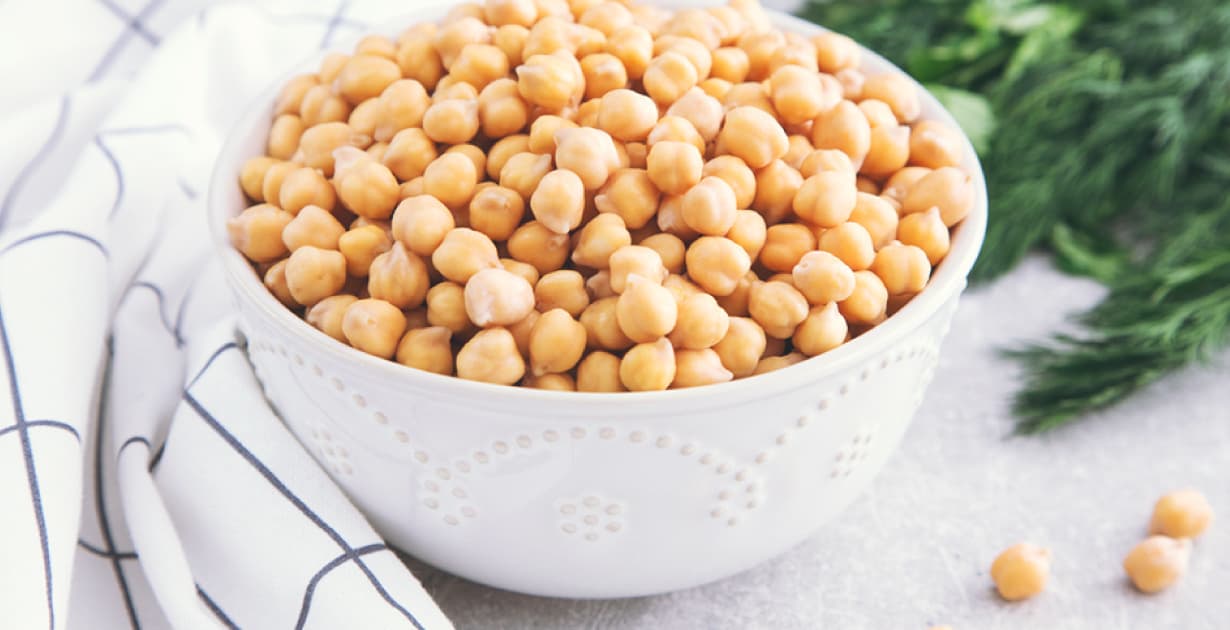
What is gluten free? You may be wondering what gluten-free means if you are a vegetarian or vegan. We'll be discussing the many benefits of Whole Grains as well as Legumes, which are great sources of protein and carbohydrates. It is important to note that these foods can also contain gluten-containing ingredients, such as wheat. We will also look at some natural gluten-free foods. You might want to avoid refrigerated meat substitutes as they can contain wheat-derived components.
Whole grains are an excellent source of carbohydrates
Whole grains are an excellent source of carbohydrates and are a great addition to salads. They can also serve as a base in salads and baking. Whole grains are an excellent source of iron, zinc and other important minerals that vegans need. You can increase your iron and zinc absorption by sprouting, boiling, or fermenting whole grains. Whole grains come in both premium and affordable varieties. These whole grains are more expensive but worth it if vegans are your goal.

Legumes make a good source protein
As a gluten free vegetarian, you can make your meals with legumes. They come in many flavors and can be added as a side dish to soups and other salads. You can blend them into smoothies or use them as a substitute for meat. In addition to beans, you can also include edamame, which are whole soy beans. You can also eat roasted chickpeas or soy nuts as snacks.
Cross-contamination can be a concern
Cross-contamination is a concern for many people who eat gluten-free vegetarian food. For people with certain medical conditions, this can pose serious health hazards. It's crucial to make sure that your kitchen cleans all cooking utensils and benches. Luckily, eating out has become more manageable for many people in recent years. Just remember to do your research before you go out and make sure that the restaurant you're planning to dine at is gluten free.
Foods that are naturally gluten-free
It's important to eat a wide variety of whole, fresh fruits and vegetables when you are on a gluten-free diet. They are also rich in vitamins, minerals, antioxidants, and other nutrients. The list doesn't include all options, but there are some that are gluten-free. Water is also naturally gluten free. Make sure you read the labels on any prepared beverages to ensure they are gluten-free.
Avoiding gluten-containing treats
There are many gluten free baked goods. But, beer and other alcoholic drinks like it, can contain gluten. Although beer is made from barley or rye there are some gummy candies that contain gluten. Ice cream can be gluten-free by default. However, it is possible to make it unpalatable with certain ingredients. Gluten can also be present in some grain-based desserts such as crustless cheesecakes. Not to mention some meat substitutes like tofu.

Including gluten-free foods in a vegan diet
You have many choices when it comes time to include gluten-free food in your vegan diet. Many fruits, vegetables and pulses are naturally free of gluten, but some aren't. Oats (rice, corn) and corn can also be safe. However you will need to confirm that they have been tested for gluten. However, seitan and meat substitutes may not be gluten-free.
FAQ
How does an antibiotic work?
Antibiotics are drugs which destroy harmful bacteria. Antibiotics are used to treat bacterial infections. There are many options for antibiotics. Some can be taken orally while others can be injected. Others are topically applied.
For people who have been exposed, antibiotics are often prescribed. An oral antibiotic might be prescribed to someone who has been exposed to chicken pox. This will prevent the spread of shingles. Penicillin might also be administered to someone with strep throat. This will help prevent the possibility of developing pneumonia.
Children should not be given antibiotics without the consent of a doctor. Side effects of antibiotics can be more dangerous for children than for adults.
The most common side effect of antibiotics is diarrhea. Other side effects possible include dizziness, nausea, vomiting, stomach cramps, stomach pains, dizziness and allergic reactions. Most of these symptoms disappear after the treatment is completed.
What is the healthiest lifestyle to life?
You can live a healthier lifestyle if you eat healthy food and exercise regularly. You will live a long and happy life if you adhere to these guidelines.
Start small by changing your diet and exercising routine. For example, if you want to lose weight, try walking for 30 minutes every day. You can also take up dancing or swimming if you are looking to be more active. An online fitness program such as Strava or Fitbit that tracks your activity could be a good option.
How do I find out what's best for me?
You need to listen to your body. When it comes to your body's needs for exercise, food, or rest, it is the best. To avoid overdoing it, it's important that you pay attention to what your body is telling you. Listen to your body and make sure you're doing everything you can to stay healthy.
Why does weight change as we age?
How do you tell if there are any changes in your bodyweight?
When there is more muscle mass than fat, weight loss can occur. This means that the amount of calories consumed must exceed the amount of energy used daily. The most common cause of weight loss is decreased activity levels. You can also lose weight due to stress, illness, pregnancy, hormonal imbalances and certain medications. When there is more fat than muscles, it's called weight gain. It happens when people eat more calories than they use during a given day. It can be caused by overeating or increased physical activity as well hormonal changes.
The main reason why our bodies lose weight is because we consume fewer calories than we burn. The main reason we lose weight is because we exercise more often. This increases our metabolism rate and burns more calories each day. This does not necessarily mean that we will get thinner. All that matters is whether we are losing or gaining weight. If we are burning more calories than what we eat, then we will lose weight. If we consume more calories that we burn, then we are actually storing them in fat.
As we age, we become less agile and don't move as often. We also tend to eat less food than we did when we were younger. Also, we are more likely to gain weight. We also tend to look larger because we have more muscle.
Without weighing yourself each week, there is no way to know how much weight you have lost. There are many ways you can measure your weight. You can also measure your waistline, your hips or your thighs. Some prefer to use bathroom scales, while others prefer tape measures.
For a better track of your progress, try to weigh yourself once per week and measure your waistline once every month. You can also take images of yourself every few weeks to see how far it has come.
You can also find out how much you weigh by looking up your height and weight online. If you are 5'10' tall and weigh 180lbs, your weight would be 180.
What is the problem with BMI?
BMI stands For Body Mass Index. It is a measurement of body mass based on height and/or weight. The following formula is used to calculate BMI:
Add weight in kilograms to height in meters squared.
The result is expressed as a number from 0 to 25. Scores between 0 and 25 indicate obesity. Scores higher than 18.5 are considered overweight. Scores higher than 23 are considered obese.
A person who is 100kg and 1.75m tall will have a 22 BMI.
What are 10 healthy behaviors?
-
Every day, eat breakfast.
-
Don't skip meals.
-
Keep a balanced diet.
-
Drink lots of water.
-
Take care your body.
-
Get enough sleep.
-
Avoid junk food.
-
Do some type of exercise daily.
-
Have fun
-
Make new friends
Statistics
- This article received 11 testimonials and 86% of readers who voted found it helpful, earning it our reader-approved status. (wikihow.com)
- Extra virgin olive oil may benefit heart health, as people who consume it have a lower risk for dying from heart attacks and strokes according to some evidence (57Trusted Source (healthline.com)
- The Dietary Guidelines for Americans recommend keeping added sugar intake below 10% of your daily calorie intake, while the World Health Organization recommends slashing added sugars to 5% or less of your daily calories for optimal health (59Trusted (healthline.com)
- According to the 2020 Dietary Guidelines for Americans, a balanced diet high in fruits and vegetables, lean protein, low-fat dairy and whole grains is needed for optimal energy. (mayoclinichealthsystem.org)
External Links
How To
What does the term "vitamins" mean?
Vitamins are organic compounds found naturally in food. Vitamins help us absorb nutrients in the foods we consume. Vitamins cannot be made by the body; they must be taken from food.
Two types of vitamins exist: water soluble and oil soluble. Water-soluble vitamins dissolve readily in water. Vitamin C,B1(thiamine), B2 (2riboflavin), and B3 (3niacin), as well as vitamin C,B1, B2 (riboflavin), and B3 (niacin), vitamin B6 (pyridoxine), vitamin folic acid (biotin), pantothenic, and choline are examples. Fat-soluble vitamins are stored within the liver and in fatty tissue. You can find vitamin D, E K, A and beta carotene as examples.
Vitamins are classified based on their biological activity. There are eight major types of vitamins.
-
A - Essential for healthy growth and health maintenance.
-
C - important for proper nerve function and energy production.
-
D - Essential for healthy teeth and bones.
-
E - required for good vision & reproduction.
-
K – Required for healthy muscles & nerves.
-
P – Vital for building strong bones.
-
Q - aids in digestion of iron and iron absorption
-
R - necessary for making red blood cells.
The recommended daily allowance for vitamins (RDA) varies according to age, gender, or physical condition. The U.S. Food and Drug Administration (FDA) sets the RDA values.
For adults over 19 years, the RDA is 400 mg per day for vitamin A. However, pregnant women need 600 micrograms per day because it is important for fetal development. Children ages 1-8 require 900 micrograms per day. Infants under one year of age require 700 micrograms per day, but this amount decreases to 500 micrograms per day between 9 months and 12 months of age.
Children between the ages of 1-18 need 800 micrograms per daily for obesity, while those overweight require 1000 micrograms. To meet their nutritional needs, children underweight and obese need 1200micrograms.
Children between 4-8 years of age who have been diagnosed by anemia must consume 2200 micrograms daily of vitamin C.
2000 micrograms per person is necessary for general health. Due to their increased nutrient needs, pregnant and breastfeeding women need 3000 micrograms daily.
Adults over 70 need 1500 micrograms daily, since they lose around 10% of their muscle mass every decade.
Women who are pregnant and lactating need more nutrients than the RDA. Pregnant woman need 4000 micrograms daily in pregnancy and 2500 per day after childbirth. Breastfeeding mothers require 5000 micrograms daily when breast milk production is occurring.